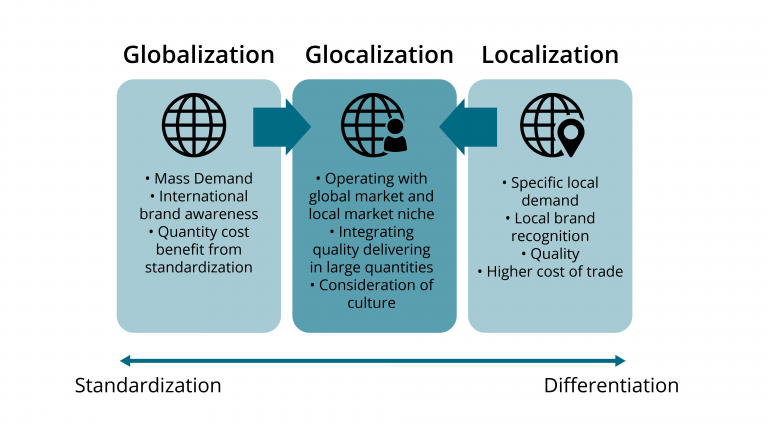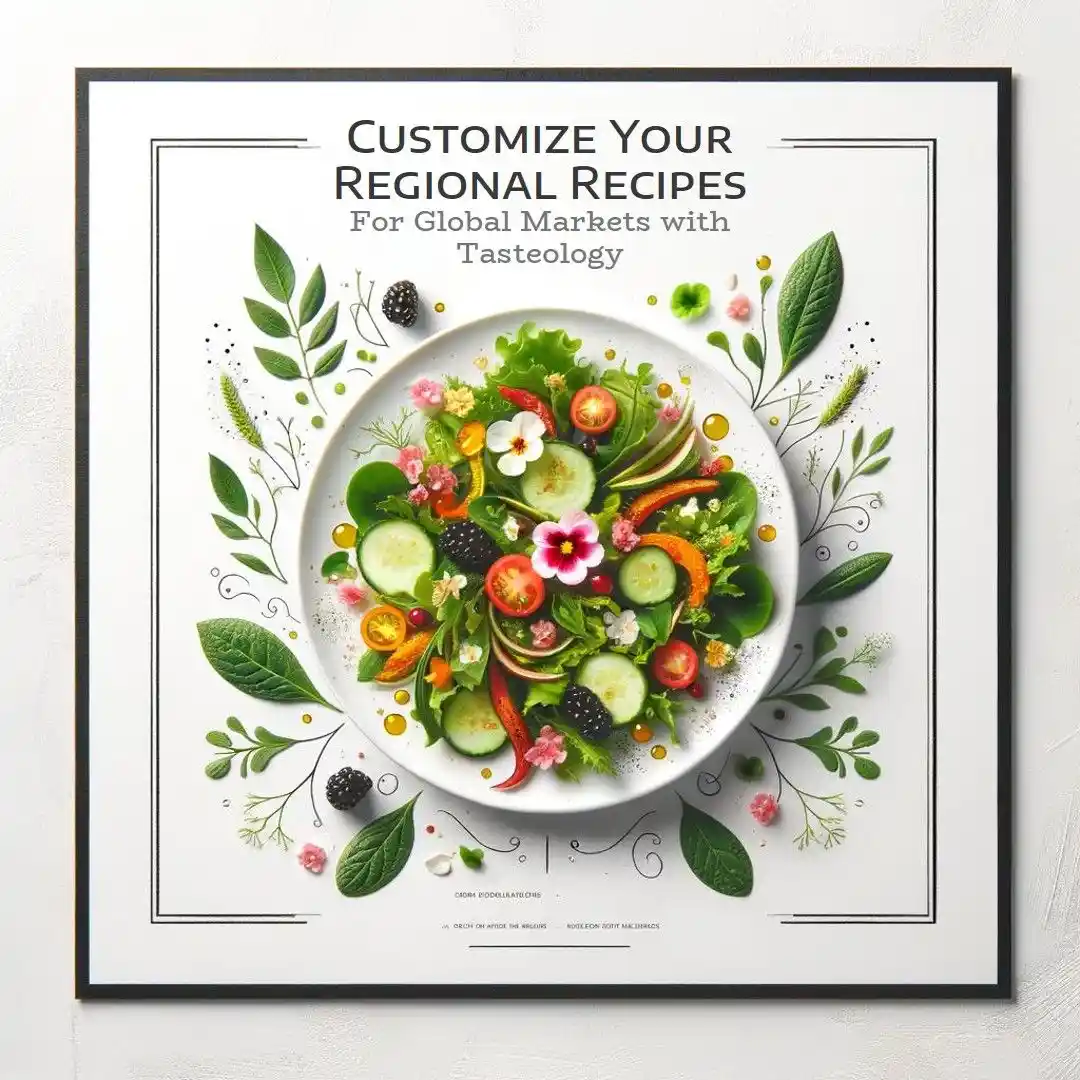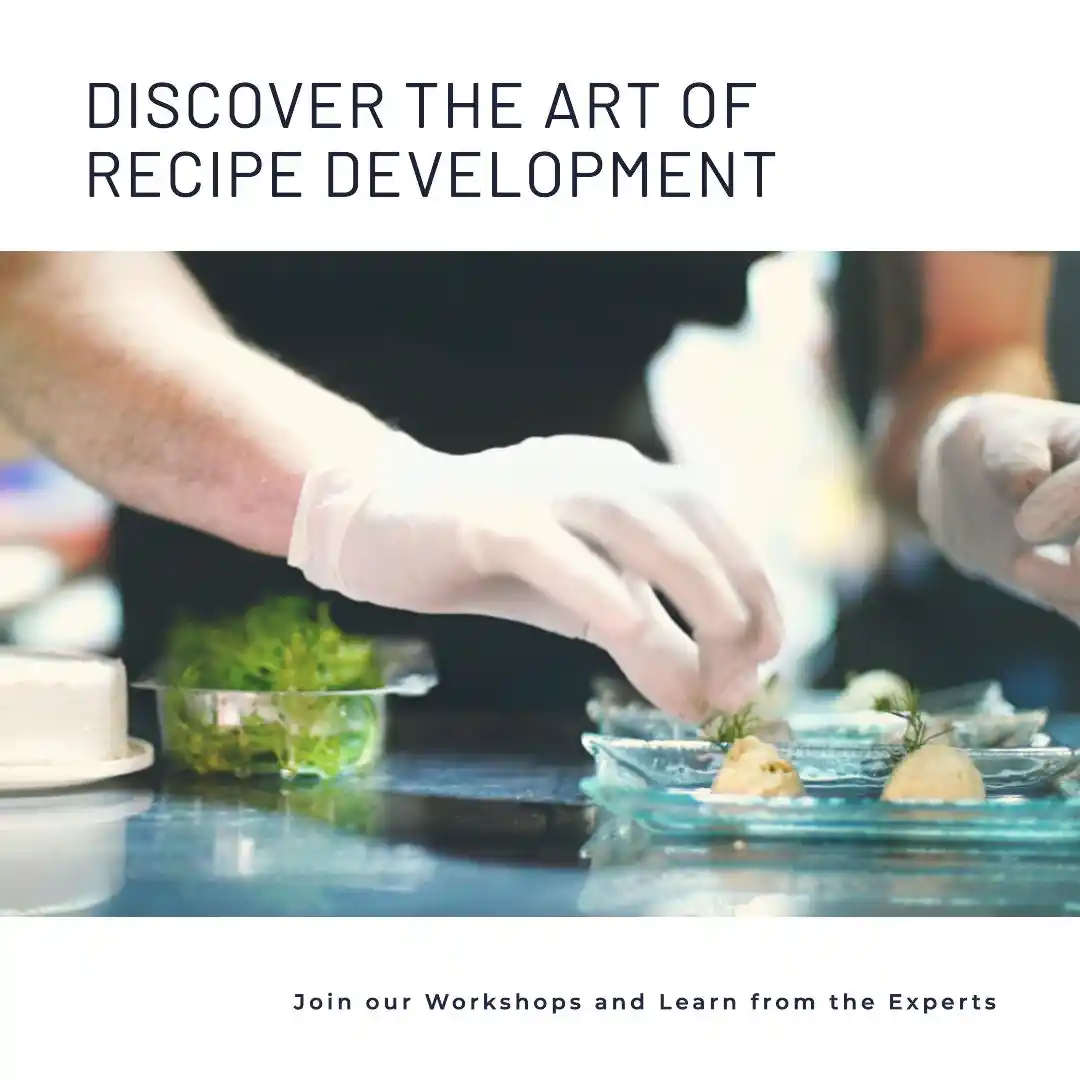Introduction
The global food market is a vibrant tapestry of diverse flavors and culinary traditions. For food businesses seeking to expand internationally, navigating this complex landscape requires a strategic approach to product development. Simply translating a successful recipe into a new language isn’t enough; true success lies in understanding and catering to the unique taste preferences of each region. This is where regional recipe customization comes into play, and Tasteology, a leading global culinary consultancy, is here to guide you through the process.
Why This Topic Matters
The global recipe box delivery market is experiencing phenomenal growth, with the Asia Pacific region leading the charge due to rising disposable incomes and urbanization (Source 1). This surge highlights the increasing demand for convenient and diverse culinary experiences, especially tailored to regional preferences. Furthermore, the rise of recipe websites and apps (Source 3, Source 4) provides digital platforms for discovering and adapting recipes to suit local tastes.
For food businesses, ignoring regional nuances can be costly. A product that thrives in one market might flop in another due to differences in preferred spice levels, flavor profiles, or even cultural associations with certain ingredients. By investing in recipe customization, businesses can significantly increase their chances of success in new markets.
Understanding the Nuances of Regional Taste
Flavor Preferences: A World of Difference
Taste preferences vary widely across the globe. For instance, spicy food is embraced in many Asian and Latin American countries, while milder flavors are preferred in some European nations. Similarly, certain herbs and spices that are staples in one region might be unfamiliar or even disliked in another.

Cultural and Dietary Considerations
Beyond basic flavor preferences, cultural and dietary considerations play a crucial role in recipe customization. Religious beliefs, dietary restrictions (vegetarianism, veganism, halal, kosher), and even traditional cooking methods can influence the ingredients and preparation techniques used in a recipe.
Tasteology’s Approach to Recipe Customization
At Tasteology, we leverage our science-backed expertise and in-depth understanding of global food markets to help businesses develop regionally tailored recipes that resonate with local consumers. Our approach involves:
1. In-Depth Market Research
We conduct thorough research to understand the specific taste preferences, cultural nuances, and dietary considerations of each target market. This includes analyzing existing data, conducting consumer surveys, and working with local culinary experts.
2. Sensory Analysis and Flavor Optimization
Our team of experienced food scientists and chefs utilizes sensory analysis techniques to evaluate and optimize flavor profiles. We carefully adjust ingredients, spice levels, and cooking methods to create a product that appeals to the local palate.
3. Ingredient Sourcing and Adaptation
We work closely with our clients to identify suitable ingredient sources and adapt recipes to utilize locally available produce and spices. This ensures product authenticity and cost-effectiveness.
Achieving Global Success Through Glocalization

The concept of “glocalization” – adapting a global product to local markets – is crucial for success in the food industry. Tasteology helps businesses achieve this delicate balance by retaining the core essence of a product while tailoring its flavor profile to match regional preferences.
Practical Tips for Recipe Customization
- Start with thorough market research: Understand your target audience’s tastes and preferences before making any changes.
- Collaborate with local culinary experts: Partner with chefs or food consultants who are familiar with the regional cuisine.
- Conduct taste tests: Gather feedback from local consumers to ensure your customized recipe hits the mark.
- Be mindful of ingredient availability: Source ingredients that are readily available in the target market.
- Don’t be afraid to experiment: Recipe customization is an iterative process, so be prepared to try different variations.
Common Challenges in Recipe Customization
- Balancing authenticity with local preferences: Finding the right balance between staying true to the original recipe and catering to local tastes can be challenging.
- Ingredient sourcing and cost considerations: Adapting recipes to utilize local ingredients might require adjustments to the formulation and production process.
- Maintaining consistent quality across regions: Ensuring that the customized product meets the same quality standards as the original requires careful planning and execution.
Conclusion
Regional recipe customization is a critical factor for food businesses aiming to conquer global markets. By understanding and adapting to local taste preferences, companies can significantly enhance product acceptance and drive sales growth. Tasteology’s expertise in culinary science, market research, and flavor optimization empowers food businesses to navigate the complexities of glocalization and achieve global success.
Ready to spice up your product’s global appeal? Contact Tasteology today to learn more about our recipe customization services.


